Community Adjustment Fund
View Funding ProgramGitxsan Hereditary Chiefs Assess the Suskwa Watershed for Sustainable Development
The development of a comprehensive sustainability plan for the Suskwa watershed will enable the four Gitxsan houses that are hereditary land owners to engage with prospective investors in ways that are well-aligned with cultural and environmental preservation of important resources within the Suskwa watershed. One important project that is in…
View Story


